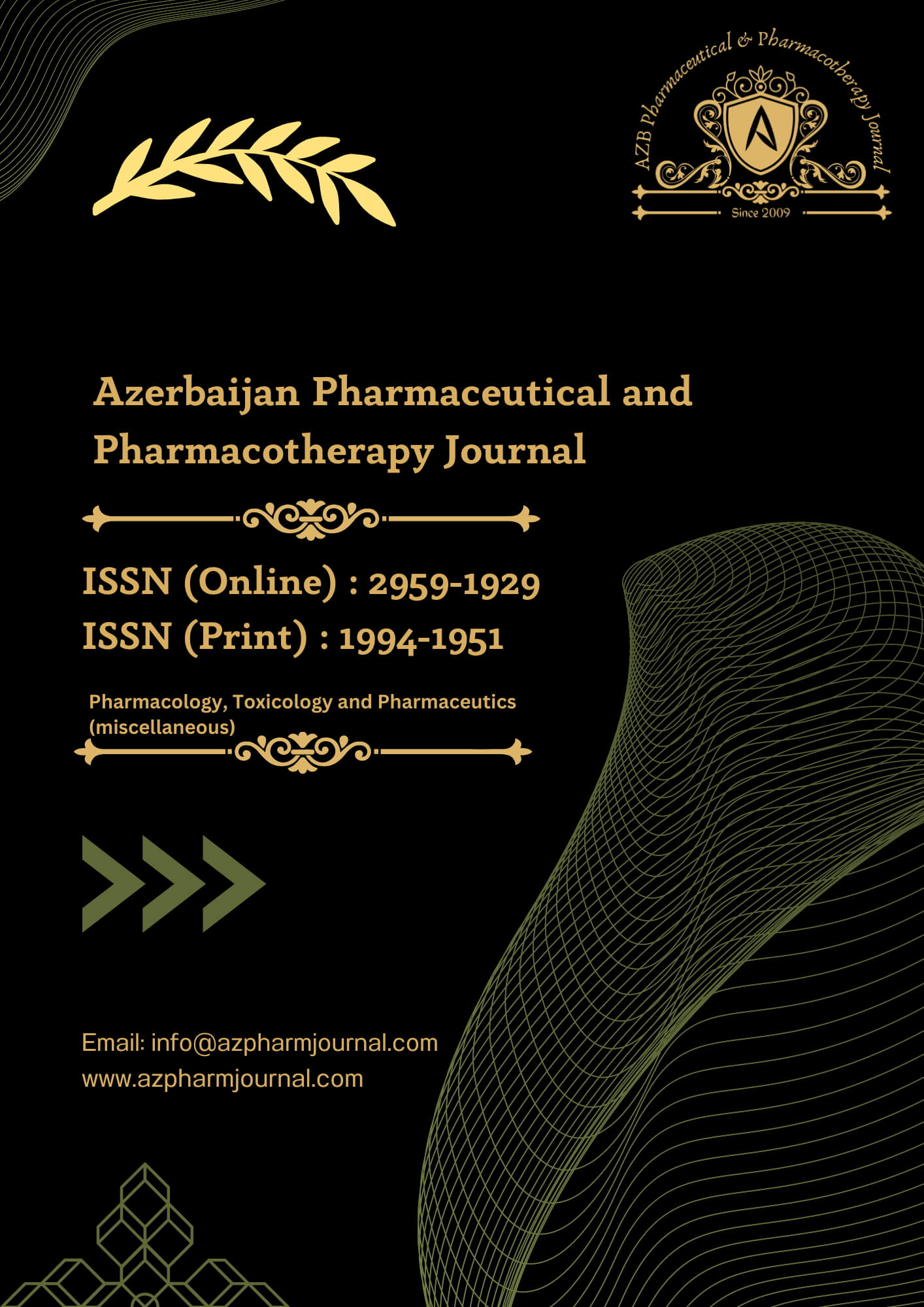Leukoplakia and erythroplakia, palate lesions due to reverse cigar smoking, oral lichen planus, oral submucous fibrosis (OSMF), discoid lupus erythematosus, and hereditary disorders including dyskeratosis congenita and epidermolysis bullosa are among the premalignant conditions listed by the WHO.1
OSMF is a premalignant disorder that primarily affects people in the Indian subcontinent. It causes the oral soft tissues to become increasingly juxtaepithelial fibrosis-prone, which eventually makes it impossible to open the mouth. The regions of Southeast Asia have a high prevalence of OSMF. Over the previous forty years, the incidence in India rose from 0.03% to 6.42%.2,3 Five million OSMF sufferers are thought to reside in India, according to data released previously. Typically, guys between the ages of 20 and 40 have OSMF. The soft palate, retromolar pads, buccal mucosa, labial mucosa, and floor of the mouth are the typical locations affected.4
Extracellular matrix disruption caused by the use of the Areca nut product is thought to be the cause of OSMF. Diffuse involvement of the pharynx, upper esophagus, and oral cavity is a common clinical manifestation of the disease, showing up as whitish mucosa with reduced flexibility. Seven to twenty-six percent of OSMF tissues have been reported to have epithelial dysplasia; long-term investigations indicate that seven percent of these lesions have a malignant transition rate.5
Chewing areca nut and betel quid (or replacement) is the habit that causes the sickness. The burning sensation, trismus, and blanching and stiffness of the oropharynx and oral mucosa are the main clinical presentations of OSMF. In the advanced phases, the vertical fibrous bands in the lips, faucial pillars, and buccal mucosa are also visible. Although a number of theories have been proposed, including areca nut chewing, green chili, dietary deficiencies, genetic predisposition, autoimmune, and collagen problems, the origin and pathogenesis of this entity remain unclear.5,6
Different therapy approaches have been developed for OSMF, taking into account the level of clinical involvement. While moderate-to-severe OSMF is irreversible, mild OSMF is reversible. The standard treatment consists of oral medications such as carotenoids, alpha lipoic acid, lycopene, vitamins, microelements, and tea pigments, as well as intralesional enzymes such as hyaluronidase, trypsin, chymotrypsin, and placental extracts.3-6
There is still debate concerning the surgical treatment options for oral submucous fibrosis. The following restrictions apply to surgical treatment: insufficient BFP harvesting in severe cases due to atrophy; aesthetic morbidity regarding the scar after surgery; dysphasia; disarticulation; risk of aspiration after surgery; limited flap reach and coverage; hair growth on flaps; donor site morbidity; secondary debulking procedures; and flap contractures following surgery, among other issues.4
Several novel approaches, including gamma-interferon 8, pentoxyfilline (which has anti-inflammatory and vasodialating properties), and spirulina (a blue-green algae rich in carotenoids with antioxidant properties, including high levels of beta-carotene and superoxide dismutase), have been investigated for the effective management of open-ended photosystem failure. The synthetic and natural compounds of vitamin A are called retinoidoids. A class of chemical compounds known as retinoids are either chemically related to or vitamers of vitamin A. In medicine, retinoids are used to control the development of epithelial cells.5
Retinoids come in three generations: Retinol, retinal, tretinoin (retinoic acid), isotretinoin, and alitretinoin are examples of the first generation. Etretinate and its metabolite acitretin are examples of second-generation drugs. Adapalene, bexarotene, and tazarotene are examples of third generation.6
Retinoids play numerous vital roles in the body, including immune system function, bone tissue formation, regulation of cell proliferation and differentiation, vision, and the activation of tumor suppressor genes. Therefore, the purpose of the study was to assess the effectiveness of a more recent medication called tretinoin, which contains trans retinoic acid (RA).
